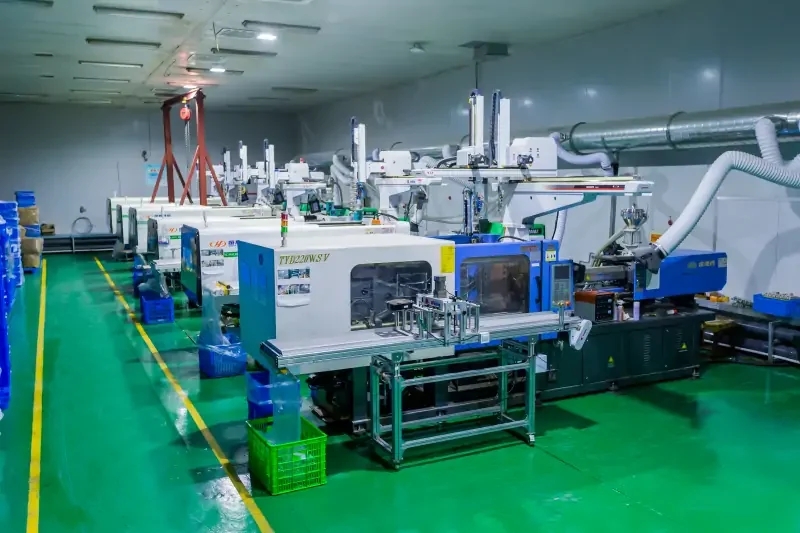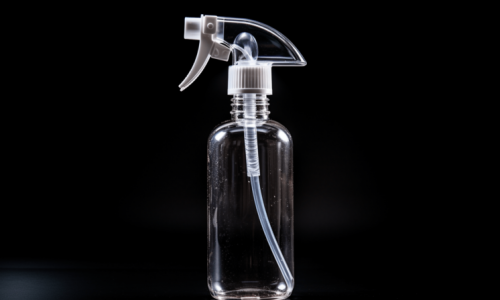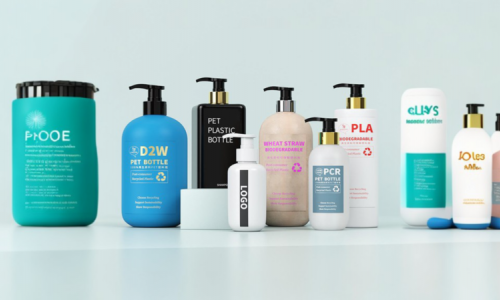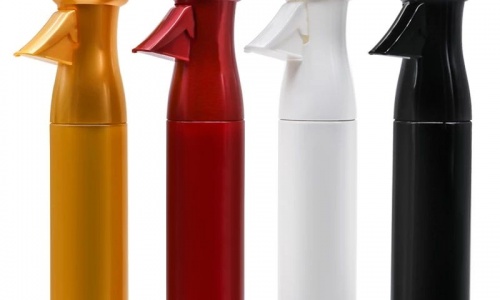When it comes to storing water, it’s not just about the shape or size of the container; the material matters. In this case, we’re talking about the suitable plastic grade. You may be thinking, “Which plastic grade is good for storing water for long use?” Well, let’s dive in and discover the answer together.
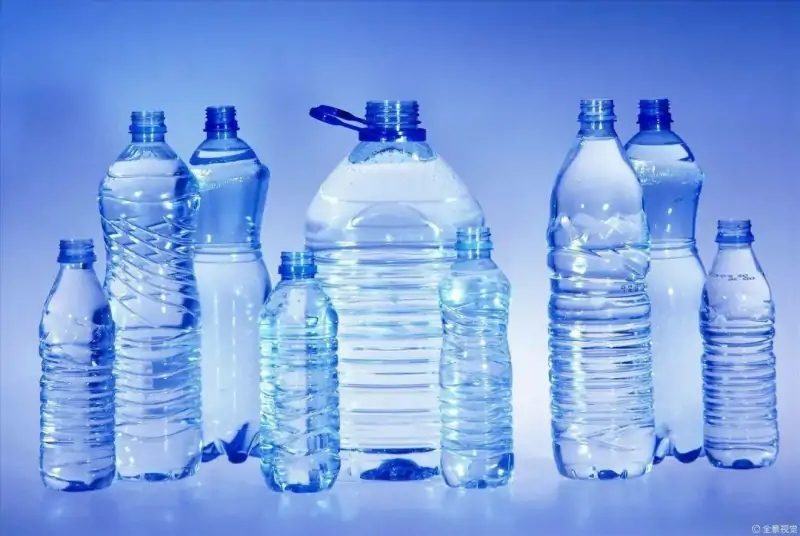
Unmasking The Plastic Code

Before we get into the specifics, it’s essential to understand the coding system of plastics. Have you ever noticed the small triangle with a number on the bottom of your plastic bottle? The Resin Identification Code (RIC) is a system developed by the Society of the Plastics Industry to identify the type of plastic resin used in a product.
Making The Grade: HDPE And PET
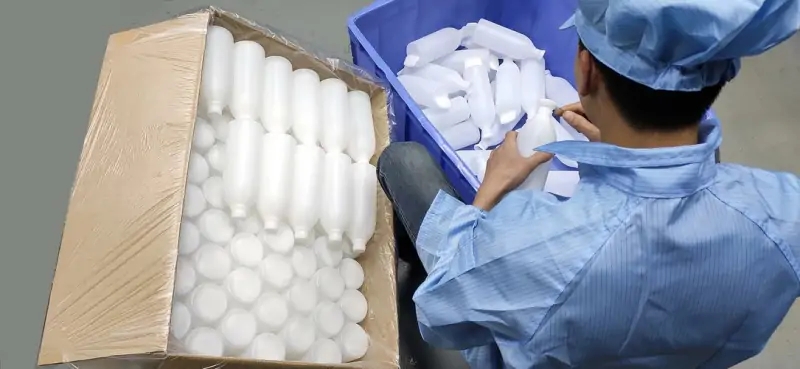
The two most commonly used plastic grades for storing long-term water are High-Density Polyethylene (HDPE) and Polyethylene Terephthalate (PET).
High-Density Polyethylene (HDPE)
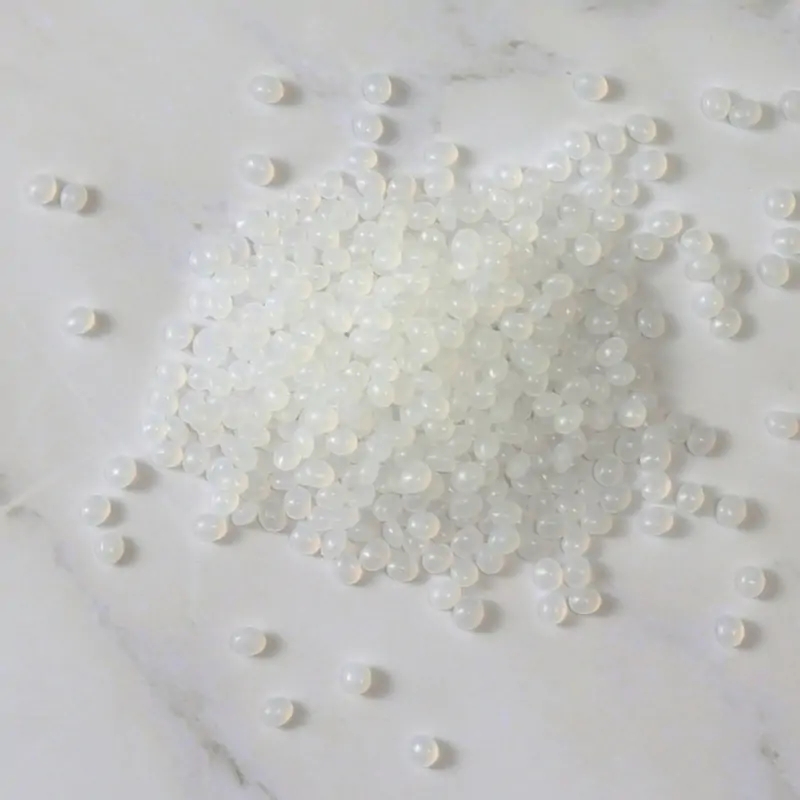
HDPE, or plastic number 2, is a robust, durable material for prolonged use. It’s known for its resistance to impact, moisture, and various temperatures. HDPE is also BPA-free, which adds a layer of safety for water storage. It boasts a continuous use temperature of up to 120 degrees Fahrenheit, ensuring your water stays safe and fresh, even under less-than-ideal conditions.
Polyethylene Terephthalate (PET)

PET, plastic number 1, is another popular choice for long-term water storage. This plastic grade is known for its strong barrier properties against water, carbon dioxide, and oxygen. PET bottles are also lightweight and resistant to breaking, which makes them ideal for storage and transport. Plus, PET can be safely used in temperatures ranging from -40 to 140 degrees Fahrenheit.
Considerations In Choosing A Plastic Grade
It’s not enough to ask, “Which plastic grade is good for storing water for long use?” It would be best to consider how the water will be used, where it will be stored, and for how long. Here are some factors to consider:
Temperature Stability: Both HDPE and PET have good temperature stability. However, HDPE might be a better choice if you expect extreme temperature fluctuations.
UV Resistance: If the water is exposed to sunlight, it’s important to note that HDPE has better UV resistance than PET.
BPA Presence: If avoiding BPA is a concern, then HDPE is the way to go. While most PET bottles are BPA-free, some may still contain this compound.
Recyclability: PET and HDPE are widely recycled, but recycling programs more commonly accept PET.
So, which plastic grade is suitable for storing water for prolonged use? Both HDPE and PET meet the criteria for long-term water storage. However, the ultimate choice depends on your specific needs and circumstances. Please always consider the abovementioned factors and make an informed decision, if you don’t mind.
Remember, proper storage is crucial to maintain the quality and safety of water. So, please choose wisely, store properly, and ensure that clean, fresh water is always available when needed.
